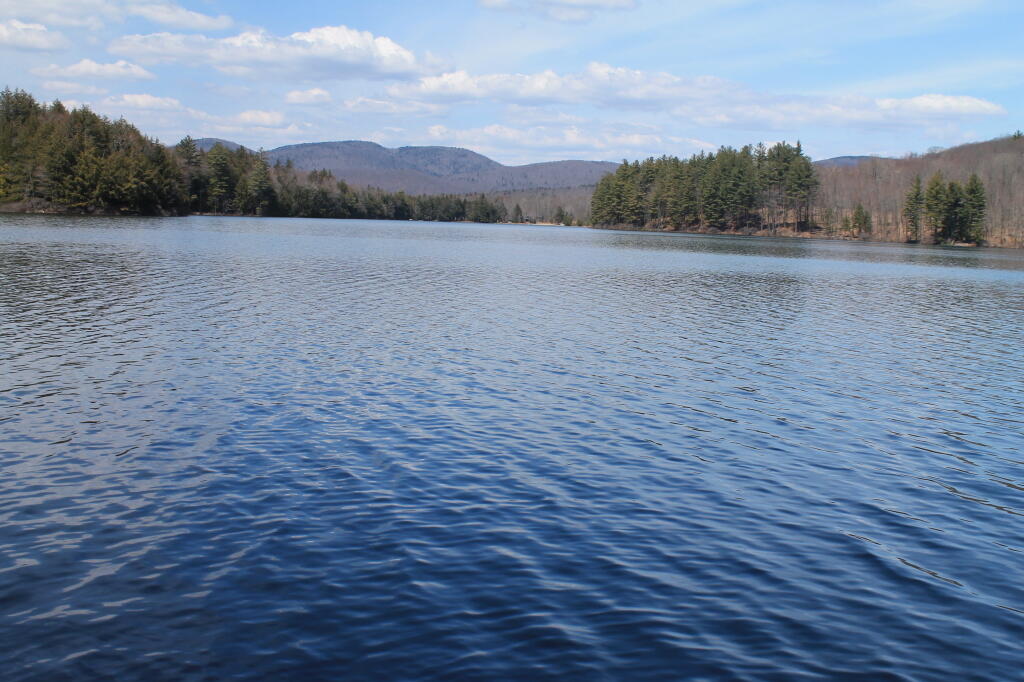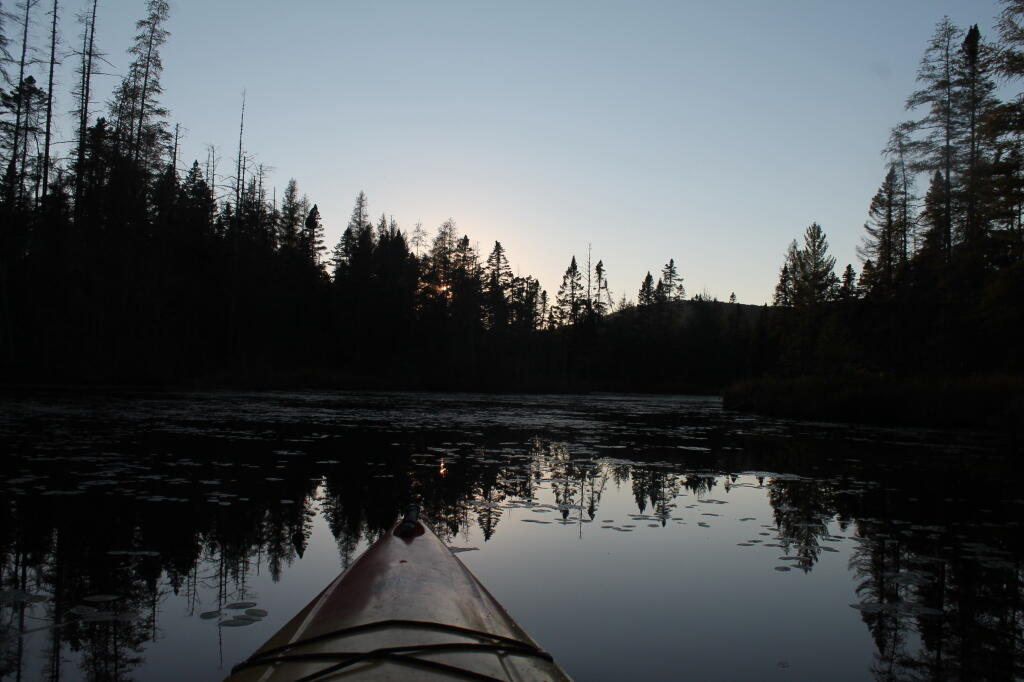Is the Adirondack Park Overused?
A frequent claim by wilderness advocates, is that the Adirondack Park is overused, growing in popularity, and that our natural resources are endanger of overuse and destruction. An alternative claim is that while that many parts of the Adirondack Park is underused today, in the near future, the Adirondack Park will become more drastically more popular due to cities suffering from the impacts of climate change and pollution.
Both my personal observation, and that of the Adirondack State Land Master Pland seem to point in the opposite direction — the Adirondack Park is underused and unpopular except for a few selected areas that have gotten a lot of media attention and a lot of hype and publicity over the years.
This text is from the Adirondack State Land Master Plan, Guidelines for Management and Use:
Those areas classified as wild forest are generally less fragile, ecologically, than the wilderness and primitive areas. Because the resources of these areas can withstand more human impact, these areas should accommodate much of the future use of the Adirondack forest preserve. The scenic attributes and the variety of uses to which these areas lend themselves provide a challenge to the recreation planner. Within constitutional constraints, those types of outdoor recreation that afford enjoyment without destroying the wild forest character or natural resource quality should be encouraged. Many of these areas are under-utilized. For example the crescent of wild forest areas from Lewis County south and east through Old Forge, southern Hamilton and northern Fulton Counties and north and east to the Lake George vicinity can and should afford extensive outdoor recreation readily accessible from the primary east-west transportation and population axis of New York State.
The Department of Environmental Conservation, as ratified by Adirondack Park Agency, if of the opinion that most Wild Forests are underused in the Adirondack, and there is not a crisis demanding greater restrictions or the need to convert wild forest tracts over to wilderness.
When you go to the Bethlehem Library, they have a series of maps for the “Wilderness” areas of the Adirondack Park. But no such maps exist for the “Wild Forest” areas. Indeed, in many ways, the Wild Forest area, bar a few very popular (but small) camping areas and popular summits, the “Wild Forest” system is under-utilized, especially compared to the 1960s and 1970s, when camping and outdoor recreation of all sorts reached a pinnacle. Today, more people are choosing their Big Screen Television over outdoor pursuits.
Even on holiday weekends, you do not see crowds of people going to Adirondacks, except to certain specific locations that are particularly popular, like the most famous summits and waterways. But in most places, the wild forest and wilderness is pretty quiet, with only the occassional person passing through, with minimal conflict or interference between hikers.


